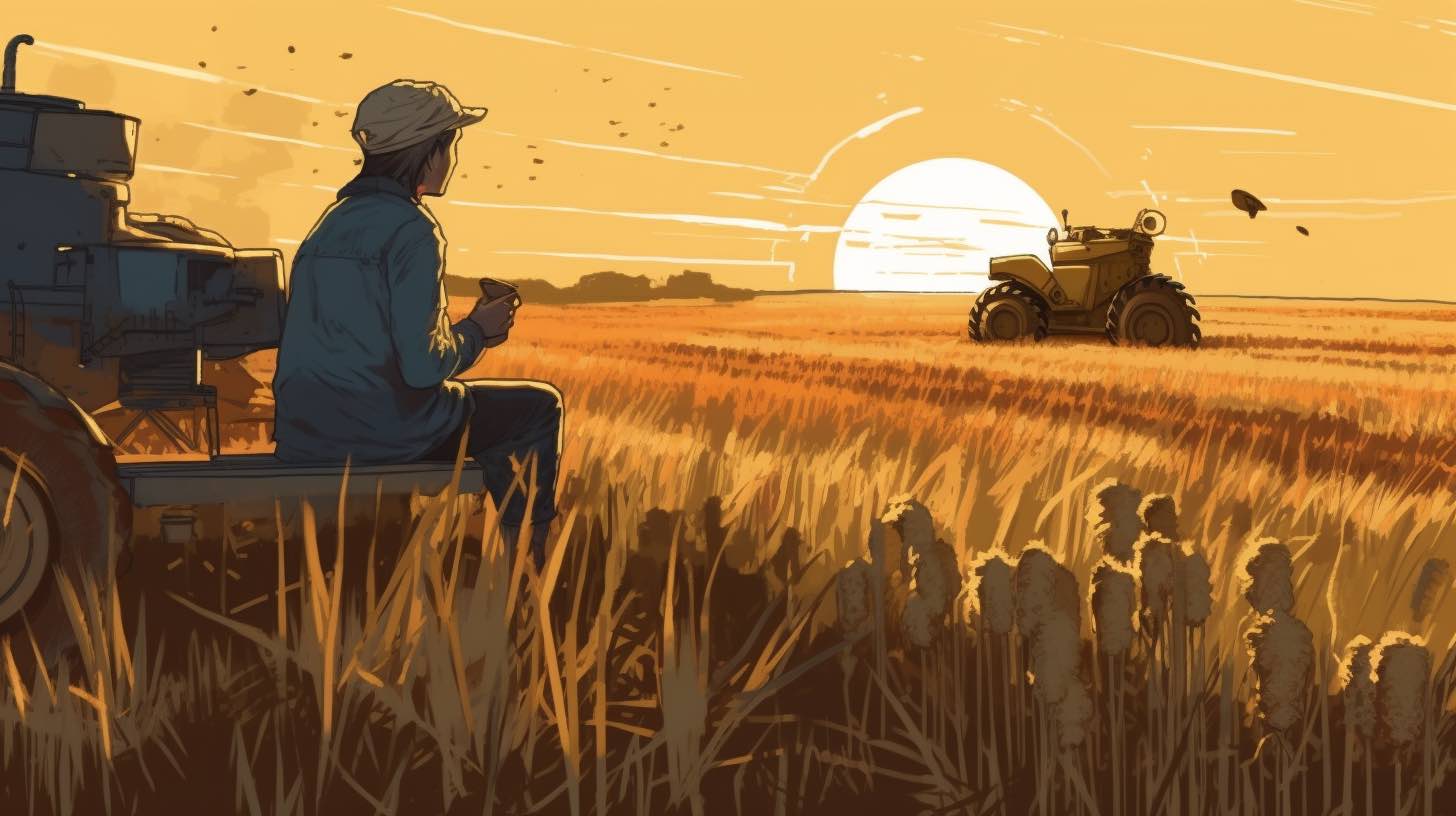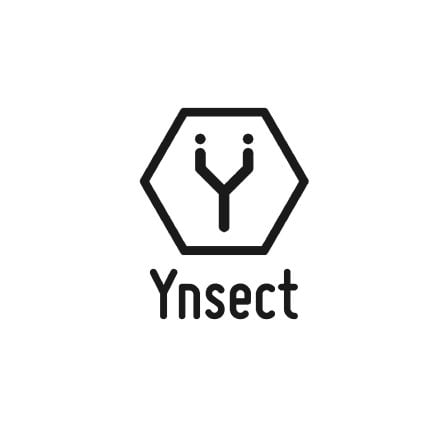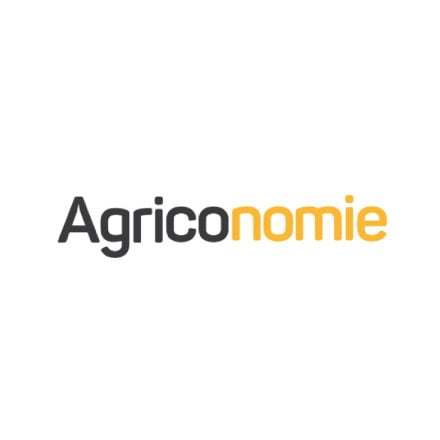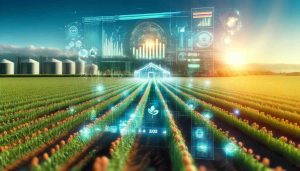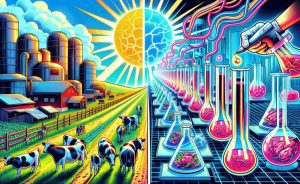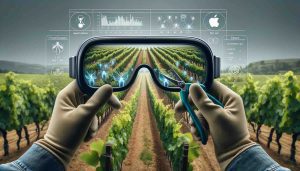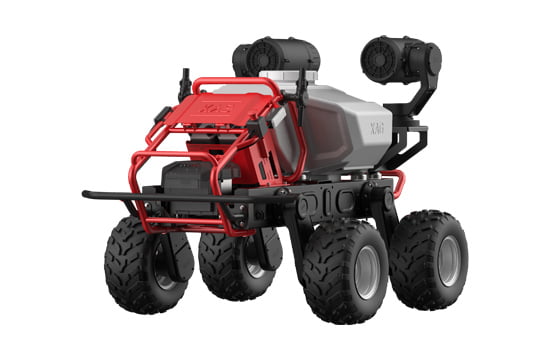Over the years, speech recognition technology has made significant strides, transforming the way we interact with technology. Speech recognition, or voice recognition, is the ability of a computer system to understand and execute commands through spoken language. This technology has been successfully implemented in various industries, including agriculture and finance.
Evolution of Speech recognition technology
Key applications of speech recognition in agriculture
Speech recognition example KissanGPT
Importance of Speech Recognition in Developing Countries
Most important Speech Recognition Providers
FAQs
Evolution of Speech Recognition Technology
The development of speech recognition technology can be traced back to the 1950s when Bell Labs first introduced a system called “Audrey” that could recognize spoken digits. Since then, the technology has evolved significantly, with advancements in artificial intelligence, machine learning, and natural language processing, making it more accurate and reliable.
Importance of Speech Recognition
Speech recognition offers several benefits, including improved accessibility, increased efficiency, and enhanced user experience. With voice-based interactions, users can access services and perform tasks more easily and quickly compared to traditional input methods. Additionally, speech recognition reduces the need for extensive user training and can assist individuals with disabilities or limited literacy skills.
Agriculture is an essential sector, feeding the global population and driving economic growth. With the world’s population growing rapidly and the demand for food increasing, there is a need for innovative technologies to improve agricultural productivity and efficiency. Speech recognition is one such technology that has the potential to revolutionize the agricultural sector.
Key Applications of Speech Recognition in Agriculture
Voice-controlled Agricultural Machinery
Modern agricultural machinery is increasingly adopting speech recognition technology to simplify operations and reduce the risk of accidents. Farmers can control tractors, harvesters, and other equipment using voice commands, allowing them to focus on other tasks and ensure more accurate and efficient operation.
Voice-driven Data Collection and Analysis
Agriculture relies heavily on data collection and analysis to make informed decisions. With speech recognition technology, farmers can gather data by simply speaking into a device, eliminating the need for manual data entry. This enables faster and more accurate decision-making, leading to better crop management and increased yields.
Smart Irrigation and Crop Management
Speech recognition technology can be integrated with smart irrigation systems, allowing farmers to control water usage through voice commands. By monitoring weather conditions and soil moisture levels, farmers can optimize water usage and reduce wastage. Additionally, voice-controlled crop management systems can provide real-time updates on plant health and growth, enabling farmers to make informed decisions.

Combining voice input, output and language models
The combination of speech recognition, ChatGPT, and voice output technologies can create a powerful and accessible tool for individuals in the agriculture sector, particularly in developing countries. By leveraging speech recognition systems like Whisper, users can communicate with AI voice assistants through natural spoken language. ChatGPT, trained on a wide range of topics, can then process these spoken queries and provide relevant, context-aware responses. Finally, voice output technology can deliver the AI-generated response back to the user, allowing for seamless and efficient interactions.
Speech recognition approach of KissanGPT
A prime example of this integrated approach is KissanGPT, an AI voice assistant specifically designed for agriculture-related queries in India. It is comparable to agtecher’s agri1.ai, both services started in the same month, with the main difference that Kissan puts voice recognition and voice output fisrt, and agri1.ai focused on contextual exchange with a more agronomist-like process.
Kissan GPT is built upon OpenAI’s ChatGPT and Whisper models, targeted towards the needs of Indian farmers. This combination enables farmers to access crucial information and make informed decisions about their crops and farming practices through simple voice commands. By providing an easily accessible and user-friendly platform, KissanGPT has the potential to help agricultural practices in India, leading to increased productivity and improved livelihoods for millions of farmers.
The service differentiates itself from other agricultural information sources and tools by offering real-time, AI-powered advice packaged in a user-friendly voice interface. It supports numerous Indic languages, continually updates its knowledge base, and provides personalized guidance on various topics.

“We recognized the need for an AI voice assistant in the Indian agricultural sector when considering the prevalence of smartphones among the rural population, high levels of multilingualism in India, and the immense value of real-time, personalized farming advice.” says Pratik Desai, builder of KissanGPT.
LLM systems crossed with agriculture “aim to address include limited access to expert knowledge, language barriers, insufficient data for informed decision-making, and difficulties adapting to the changing demands of modern farming.”
Traditional methods of providing agricultural information often do not seamlessly deliver the desired information and are riddled with challenges such as limited time windows for calls, middlemen, access to agriculture professionals, farmer’s economic conditions, and language and literacy barriers. Traditional search engines like Google often fail to provide targeted information, understanding context and conditions of farmers.
The service quickly gained traction, the user base is growing organically. It is being used by farmers, hobbyists, home gardeners, and agriculture professionals.
“Combining speech recognition with language models like ChatGPT is particularly important in the Indian context due to the country’s high linguistic diversity and varying literacy rates. This approach ensures that farmers with limited reading or writing abilities can access expert agricultural advice seamlessly”, explains Pratik. The service supports via Whisper “nine Indic languages, including Gujarati, Marathi, Tamil, Telugu, Kannada, Malayalam, Punjabi, Bangla, and Hindi. Assamese and Odia support is also planned for the future.”
Prartik believes that many developing countries in Africa, East Asia, and South America, where local languages are preferred for agricultural purposes, could benefit from vernacular-based AI applications.
Excursion: Financial agriculture planning & controlling with speech recognition
Financial planning and risk analysis are essential aspects of successful farming, particularly in developing countries where resources and support systems may be limited. For illiterate farmers or those with limited access to traditional financial services, the integration of voice recognition technology with AI models can offer a game-changing solution.
By combining speech recognition systems with advanced AI models, farmers can access personalized financial planning and risk analysis tools through simple voice commands. These voice-activated AI assistants can help farmers manage their finances, evaluate investment options, and assess potential risks, such as market fluctuations, weather events, or pest infestations.
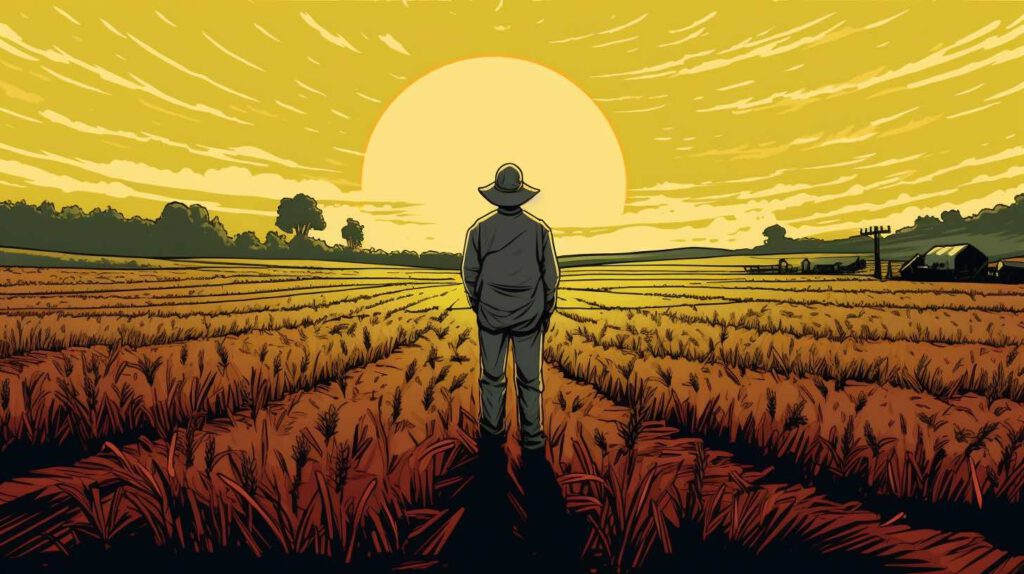
For instance, a farmer can inquire about the best time to sell their crops or seek advice on diversifying their investments. The AI model, trained on extensive financial and agricultural data, can analyze the current market situation, predict future trends, and provide customized recommendations. In the case of risk analysis, the AI assistant can evaluate various factors, such as climate data, historical trends, and global market conditions, to help farmers make well-informed decisions about their farming operations.
By making financial planning and risk analysis accessible to illiterate farmers or those in developing countries, voice recognition combined with AI models can empower them to make better decisions, reduce financial stress, and ultimately improve their overall quality of life. As these technologies continue to evolve, they have the potential to bridge the gap between traditional financial services and the underserved farming communities, fostering economic growth and stability in developing regions.
Importance of Speech Recognition in Developing Countries
In developing countries like India and many African nations, speech recognition technology can have a significant impact on improving access to essential services, particularly in the agriculture and finance sectors. The high prevalence of illiteracy, limited access to education, and the need for financial inclusion make speech recognition technology particularly valuable in these regions.

India
In India, a large portion of the population depends on agriculture for their livelihood. As a result, the adoption of speech recognition technology in the agricultural sector can have a transformative effect on farmers’ lives. Voice-driven data collection, smart irrigation, and crop management systems can empower farmers to make better decisions and improve their yields. Furthermore, in the finance sector, speech recognition can help bridge the gap for those with limited literacy skills, providing more accessible financial services and promoting financial inclusion.
African Countries
Many African countries face similar challenges to India, with a large percentage of the population relying on agriculture for sustenance and income. The introduction of speech recognition technology in agriculture can significantly improve productivity and efficiency, contributing to food security and economic growth. In the finance sector, speech recognition can play a critical role in addressing financial exclusion, enabling individuals with limited literacy skills to access essential financial services.
Table: Top Speech Recognition Providers with APIs
| Provider | API Name | Description |
|---|---|---|
| Cloud Speech-to-Text API | Google’s Cloud Speech-to-Text API provides highly accurate and fast speech recognition services. It supports multiple languages, has advanced features like automatic punctuation, and can handle noisy environments. Suitable for a wide range of applications, including transcription services and voice assistants. | |
| IBM | Watson Speech-to-Text API | IBM’s Watson Speech-to-Text API leverages deep learning algorithms to transcribe spoken language into written text. It supports multiple languages and domains, with customization options to improve recognition accuracy for specific industries or applications. |
| Microsoft | Azure Cognitive Services Speech API | Microsoft’s Azure Cognitive Services Speech API offers speech-to-text, text-to-speech, and speech translation services. It is highly customizable, supports a wide range of languages, and can be used for various applications, such as transcription, voice assistants, and accessibility services. |
| Amazon | Amazon Transcribe API | Amazon Transcribe API is an automatic speech recognition service that converts speech to text. It supports multiple languages, can handle different audio formats, and provides features like speaker identification and timestamp generation. Suitable for transcription services, voice assistants, and more. |
| Nuance | Nuance Dragon API | Nuance Dragon API is a powerful speech recognition solution that offers high accuracy and supports multiple languages. It is used in a variety of applications, including transcription, voice assistants, and accessibility services. Nuance is well-known for its expertise in speech recognition technology. |
| OpenAI | Whisper ASR API | Whisper by OpenAI is an Automatic Speech Recognition (ASR) system that converts spoken language into written text. Built on a vast amount of multilingual and multitask supervised data collected from the web, Whisper ASR API aims to provide high accuracy and robustness across various languages and domains. It is suitable for applications like transcription services, voice assistants, and more. |
Speech recognition technology has the potential to revolutionize the agriculture and finance sectors, especially in developing countries like India and African nations. By simplifying processes, improving efficiency, and promoting inclusivity, this technology can have a lasting impact on the lives of millions of people. As we continue to develop and refine speech recognition systems, it is essential to ensure that these advancements reach those who need them most, fostering global development and prosperity.
Frequently Asked Questions
- What is speech recognition technology? Speech recognition technology is the ability of a computer system to understand and execute commands through spoken language. It relies on advancements in artificial intelligence, machine learning, and natural language processing to provide accurate and reliable voice-based interactions.
- How can speech recognition technology benefit the agriculture sector?
Speech recognition technology can benefit agriculture by simplifying the operation of machinery through voice commands, enabling voice-driven data collection and analysis, and allowing for smart irrigation and crop management systems that can be controlled with voice commands. - What are some applications of speech recognition technology in finance?
In the finance sector, speech recognition technology can be used for voice-driven financial transactions, customer service through chatbots and virtual assistants, and fraud detection and prevention by analyzing voice patterns and biometric data. - Why is speech recognition technology particularly important for developing countries like India and African nations?
Speech recognition technology is especially important for developing countries due to the high prevalence of illiteracy, limited access to education, and the need for financial inclusion. By simplifying access to essential services in agriculture and finance, speech recognition technology can significantly improve the lives of people in these regions. - How can speech recognition technology contribute to financial inclusion?
Speech recognition technology can promote financial inclusion by enabling individuals with limited literacy skills to access essential financial services using voice commands. This can help bridge the gap for those who might otherwise be excluded from traditional financial systems.

